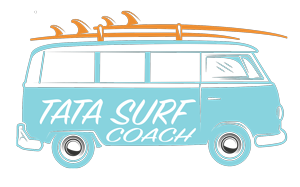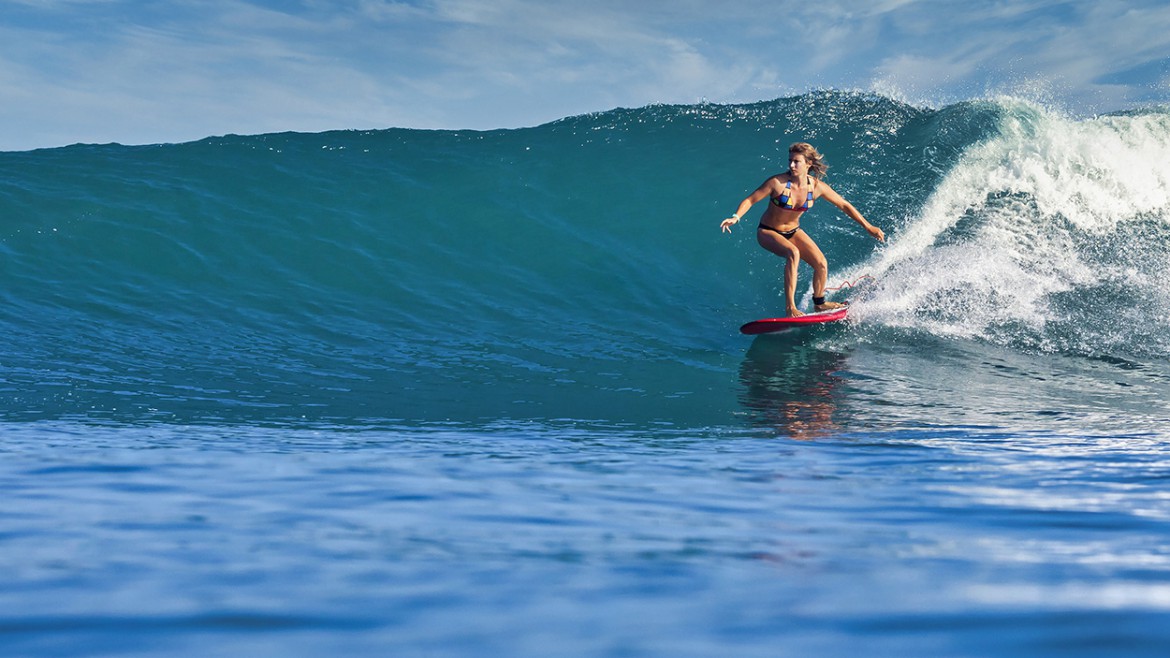Surfing waves backhand (riding with your back facing the wave) can present unique challenges compared to surfing frontside, but with the right techniques and approach, you can effectively navigate and enjoy the experience. Here are five tips for surfing waves backhand:
- Positioning and Body Alignment:
- Position yourself further back on the wave to optimize your backhand stance. This allows for better visibility and control, as well as smoother transitions between turns.
- Keep your upper body centered over your board and facing toward the wave. Maintain a low center of gravity by bending your knees slightly, which enhances stability and control.
- Use Your Upper Body for Rotation:
- Utilise your upper body to initiate turns and generate momentum. Engage your shoulders and torso to pivot your board and direct your movements along the wave face.
- Focus on twisting your upper body towards the direction you want to turn, while keeping your lower body stable and balanced over the board.
- Timing and Timing:
- Timing is crucial when surfing backhand, especially when executing maneuvers such as bottom turns and top turns. Anticipate the wave’s movements and adjust your positioning accordingly to maximize your opportunities for scoring quality maneuvers.
- Pay attention to the rhythm and speed of the wave, as well as the timing of your turns. Aim to synchronize your movements with the wave’s energy to maintain flow and momentum.
- Practice Bottom Turns and Top Turns:
- Mastering bottom turns and top turns is essential for effective backhand surfing. Practice generating speed and power through precise bottom turns, using your rail to carve smoothly along the wave face.
- Experiment with different angles and approaches when performing top turns, focusing on driving through the turn with your upper body while maintaining control and balance.
- Stay Committed and Confident:
- Confidence is key when surfing backhand. Trust in your abilities and commit fully to your maneuvers, even when facing challenging conditions or unfamiliar waves.
- Embrace the learning process and remain patient as you refine your backhand surfing technique. With persistence and practice, you’ll gradually improve your skills and become more comfortable navigating waves backhand.
By implementing these tips and techniques, you can enhance your backhand surfing skills and confidently tackle waves from a different perspective, opening up new opportunities for exploration and progression in the water.

